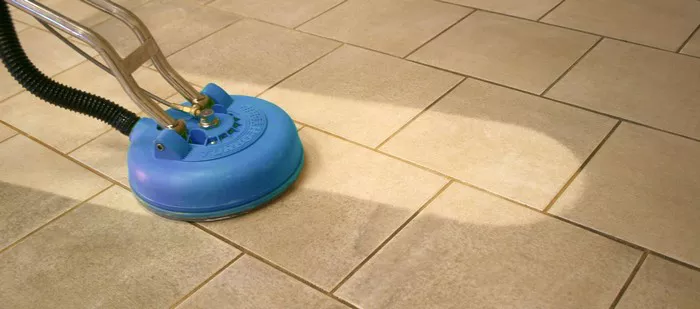Maintaining cleanliness in our living and working spaces has never been more crucial. Among the various surfaces demanding our attention, hard floors stand out as both aesthetic focal points and breeding grounds for germs and bacteria. To ensure the utmost cleanliness and hygiene, it’s imperative to employ the most effective cleaning methods tailored to hard floors. Here’s a comprehensive guide to achieving hygiene excellence:
Choosing the Right Cleaning Solution
The foundation of a hygienic hard floor cleaning regimen lies in selecting the appropriate cleaning solution. Each type of hard floor, whether it’s tile, hardwood, laminate, or vinyl, demands specific cleaners to preserve its integrity and hygiene. Using the wrong product can not only prove ineffective but may also cause irreversible damage. Therefore, take the time to research and invest in cleaners formulated specifically for your floor type.
Regular Sweeping or Vacuuming
Before diving into deep cleaning, it’s essential to rid the floor of loose debris, dirt, and dust. Sweeping or vacuuming serves as the initial line of defense, preventing scratches and ensuring a more thorough cleaning process. By eliminating surface-level grime, you pave the way for deeper hygiene treatments to penetrate effectively.
Mopping with Disinfectant
To combat germs and bacteria lurking on hard floors, incorporate mopping with a disinfectant solution into your cleaning routine. Opt for hot water and a disinfectant approved for hard surfaces to ensure maximum efficacy. This step not only cleans but also sanitizes, creating a safer and healthier environment for inhabitants.
Avoiding Cross-Contamination
One often overlooked aspect of floor cleaning is the risk of cross-contamination. Using dirty water or mop heads can spread germs from one area to another, defeating the purpose of cleaning altogether. To mitigate this risk, ensure you start with clean water and regularly change mop heads, especially when tackling extensive cleaning tasks.
Targeting High-Traffic Areas
Certain areas within a space witness higher foot traffic, making them hotspots for dirt and bacteria accumulation. Prioritize these zones, such as entrances, kitchens, and hallways, by cleaning them more frequently. By addressing high-traffic areas proactively, you prevent the buildup of contaminants and maintain optimal hygiene levels.
Steam Cleaning for Deep Hygiene
For those seeking a chemical-free, eco-friendly solution to deep cleaning hard floors, steam cleaning emerges as a champion. Steam effectively kills bacteria and germs, penetrating porous surfaces without leaving behind any harmful residues. Incorporating steam into your cleaning arsenal ensures a thorough and hygienic outcome, all while minimizing environmental impact.
Drying the Floor Properly
After a thorough cleaning session, don’t overlook the importance of allowing the floor to dry completely. Lingering moisture can foster the growth of mold and mildew, undoing your cleaning efforts and posing health risks. To expedite the drying process, utilize fans or open windows to promote air circulation.
Sealing Porous Surfaces
Porous surfaces like tile grout or natural stone require extra attention to prevent moisture penetration and microbial growth. Sealing these surfaces acts as a barrier, inhibiting the entry of water and bacteria, thus preserving hygiene and prolonging the floor’s lifespan. Be sure to follow manufacturer recommendations for sealing frequency and products.
Regular Maintenance Routine
Consistency is key to upholding hygiene standards on hard floors. Establish a regular maintenance routine encompassing both daily upkeep and periodic deep cleaning sessions. By staying proactive, you not only maintain cleanliness but also extend the longevity of your hard floors, saving both time and resources in the long run.
Safety Precautions
Last but certainly not least, prioritize safety when engaging in any cleaning endeavor. Whether handling cleaning chemicals or operating equipment, adhere to safety protocols to safeguard yourself and others. Wear protective gear such as gloves and ensure adequate ventilation to minimize exposure to potentially harmful substances.
Conclusion
In conclusion, mastering hygiene on hard floors demands a multifaceted approach encompassing proper cleaning solutions, techniques, and diligence. By implementing the strategies outlined above, you can elevate the cleanliness and safety of your living or working space, fostering a healthier environment for all.

